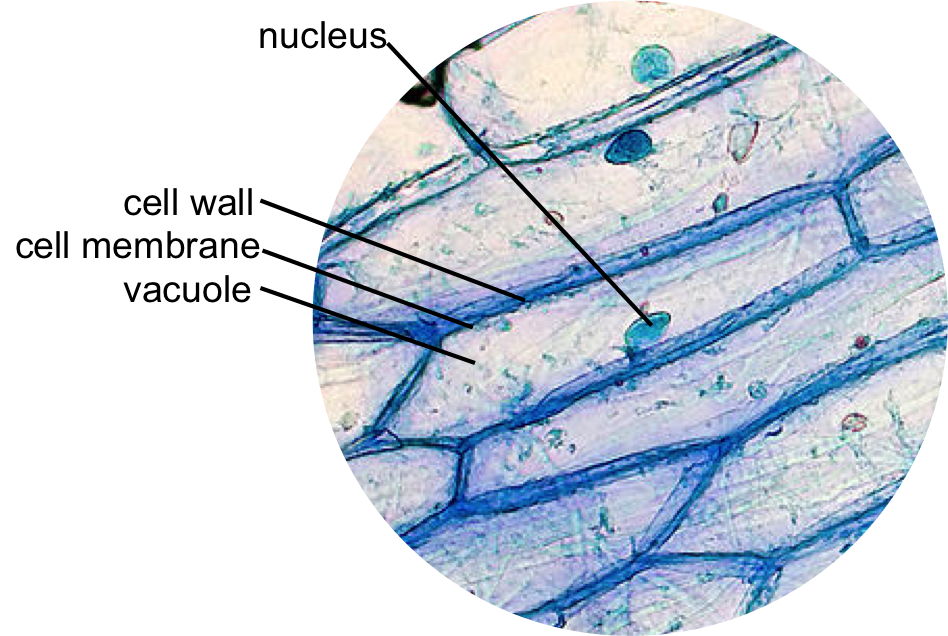
Epidermal onion cells under a microscope. Plant cells appear polygonal from the Cell diagram
1. Get a glass slide and cover slip for yourself and make sure they are both thoroughly washed and dried. 2. Remove the single layer of epidermal cells from the inner (concave) side of the scale leaf (The thinner the better). 3. Place the single layer of onion cell epithelium on a glass slide. Make sure that you do not fold it over or wrinkle it.

Biology LectureHub
An onion is a multicellular (consisting of many cells) plant organism. As in all plant cells, the cell of an onion peel consists of a cell wall, cell membrane, cytoplasm, nucleus and a large vacuole. The nucleus is present at the periphery of the cytoplasm. The vacuole is prominent and present at the centre of the cell.

Beautiful World Onion cells
These regions of growth are good for studying the cell cycle because at any given time, you can find cells that are undergoing mitosis. In order to examine cells in the tip of an onion root, a thin slice of the root is placed onto a microscope slide and stained so the chromosomes will be visible. The cells you'll be looking at in this activity.

Nuclei of onion cells Cell, Nucleus, Homeschool
Onion Cell Lab Power __________ Total Magnification __________ After you have completed the rest of this lab come back to this cover page DRAW & LABEL AN ONION CELL WITH ALL THE PARTS / ORGANELLES YOU OBSERVE UNDER 40X. Purpose: To observe and identify major plant cell structures and to relate the structure of the cell to its function.
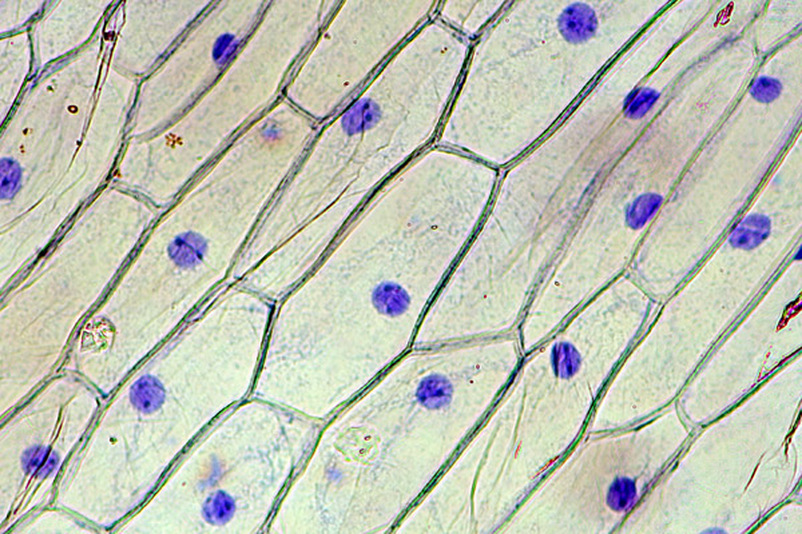
Onion Cell
In onion cells the tiles look very similar to rectangular bricks laid in offset runs. The rigid walls combined with water pressure within a cell provide strength and rigidity, giving plants the necessary structure to resist gravity and pressure.

Onion Cell Under Microscope Labeled Drawing apostolicavideo
Label the cell wall, cell membrane, cytoplasm, and chloroplasts in your lab manual. Be sure to indicate the magnification used and specimen name. Also indicate the estimated cell size in micrometers under your drawing.. Onion cells at 400x. Get a dry microscope slide and cover slip. Cut a tiny square of one layer of the onion. Use forceps to.
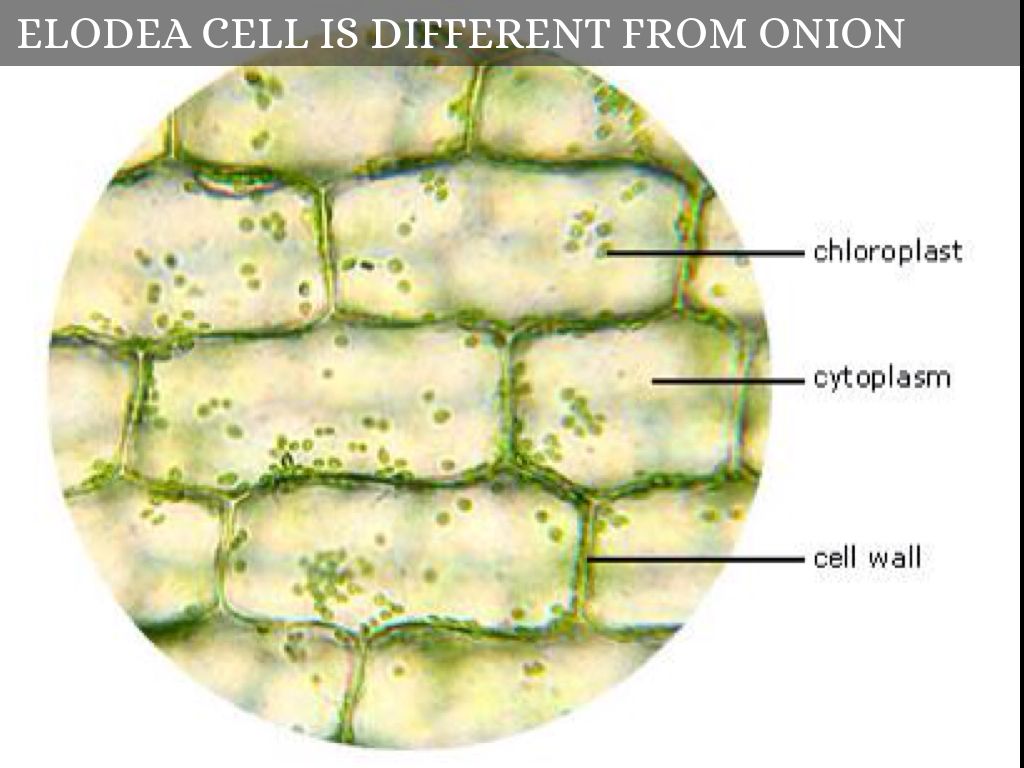
Onion Plant Cell Under Microscope Labeled / Onion Cells Onion epidermis with pigmented large
Onion Wet Mount: Get a clean glass slide and cover slip. Obtain a piece of onion. Use your fingers (nails work well), or forceps, to carefully peel off a small piece of skin from the inner or concave side of the onion chunk. This piece should be thin and translucent, looking much like a piece of scotch tape.

draw the figure of an onion peel showing cell Brainly.in
Biologists frequently study the onion cell (Figure 14) because onions are readily available and their cells provide a clear view of all the basic characteristics of plant cell structure. The onion's large cells can be seen easily under a microscope and also used to teach the fundamentals of cell biology.. Identify and label the major.

Onion Mitosis, l.s. Thin Microscope Slide Southern Biological
Procedures: 1. Use the eye dropper to put a drop of water on the slide (will help to flatten out onion tissue). 2. With the tweezers, carefully peel the tissue thin sheet of cells lining the inside of one of the onion layers. 3. Lay the onion tissue gently on the slide (without wrinkling it). 4.
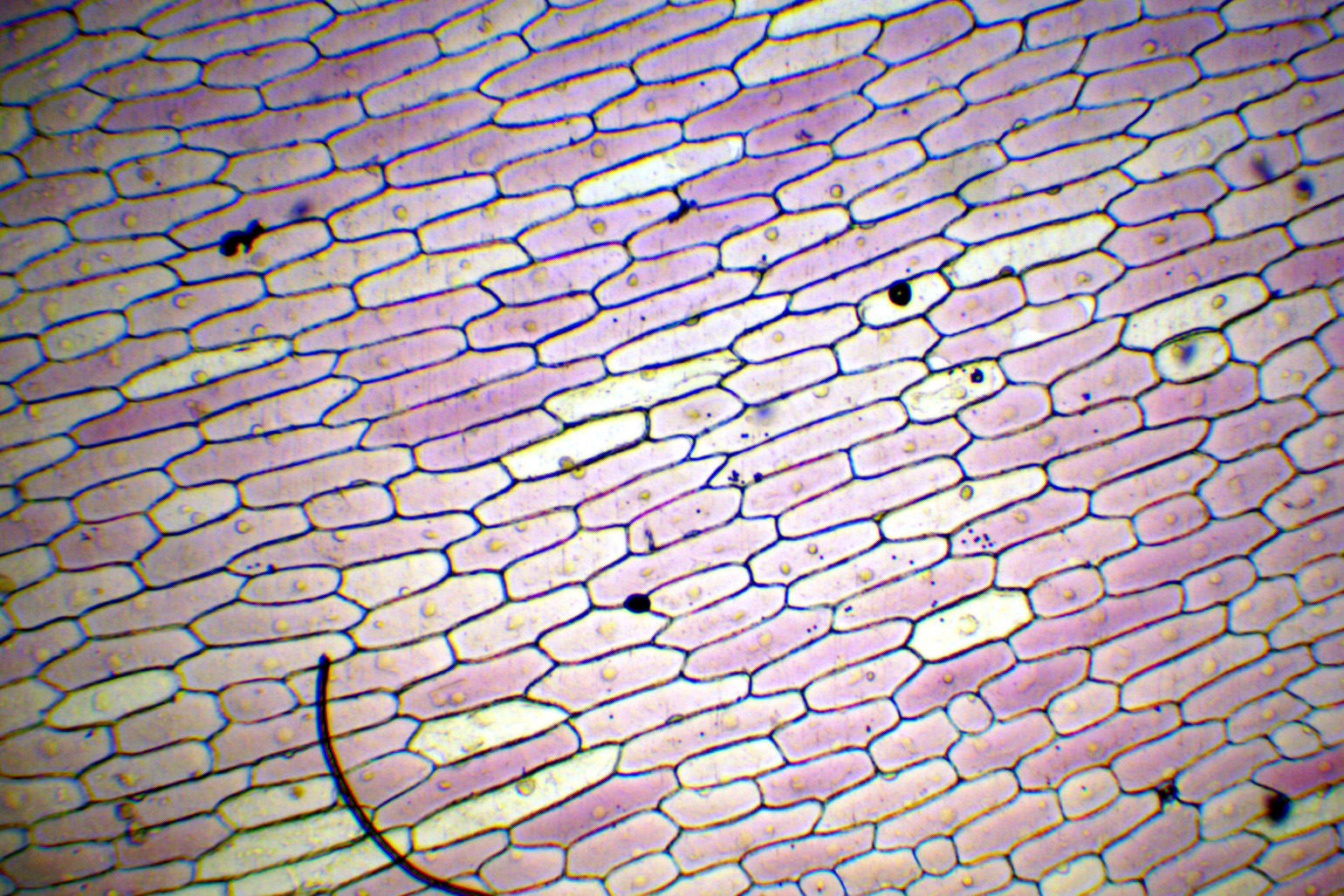
Microscopy
Onion epidermal cell These large cells from the epidermis of a red onion are naturally pigmented. The epidermal cells of onions provide a protective layer against viruses and fungi that may harm the sensitive tissues.
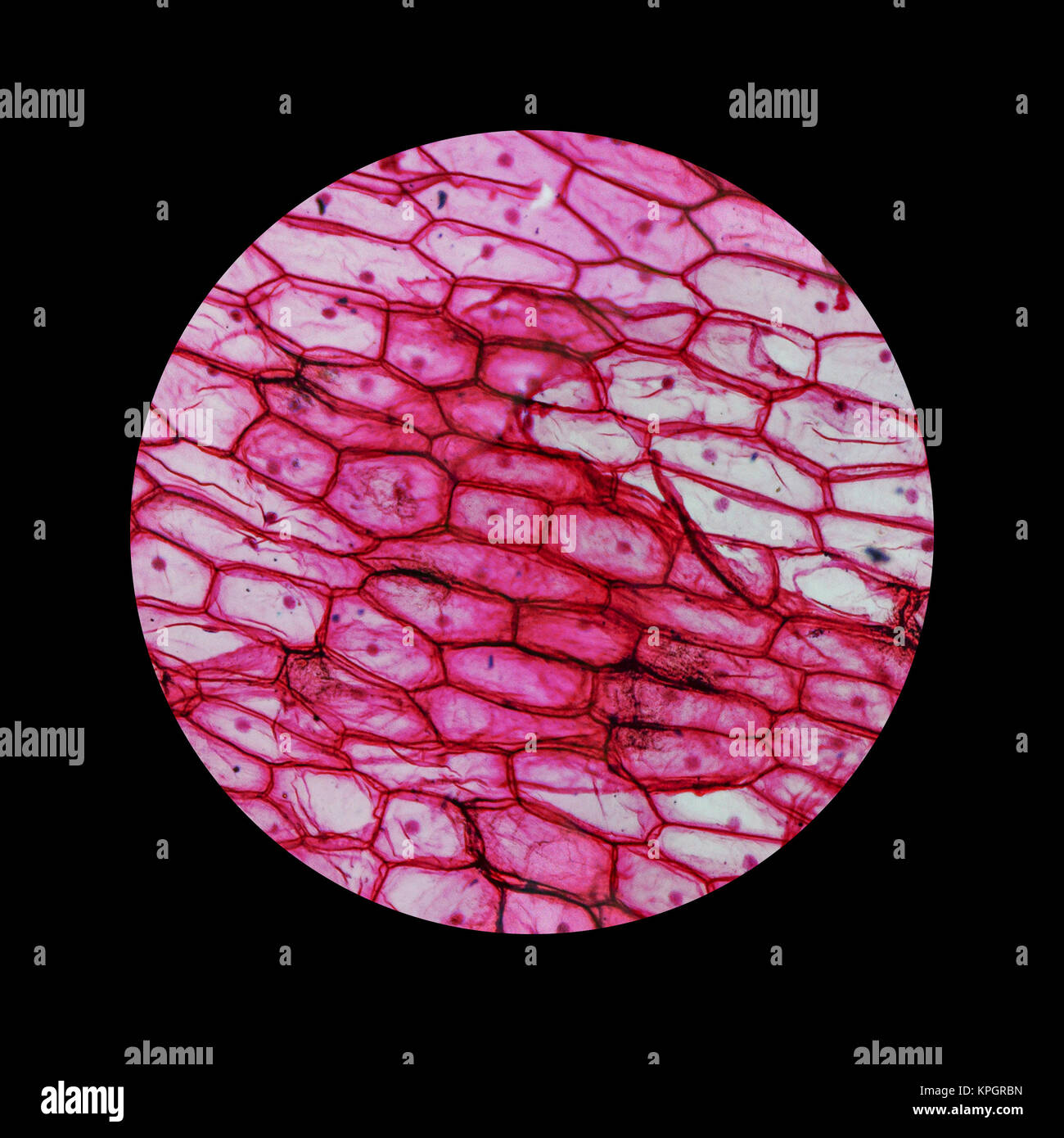
Onion Plant Cell Under Microscope Labeled / Onion Cells Onion epidermis with pigmented large
Embed. Introduction to Mitosis in Plant Cells: As a plant cell divides by mitosis, the nucleus, DNA, and mitotic spindle apparatus of a cell follow a specific sequence of events to ensure that a cell's DNA is passed on equally to both daughter cells. Although mitosis is a continual process, scientists have designated several phases (or stages.

Onion cells containing onion, cell, and cells HighQuality Nature Stock Photos Creative Market
Label the cell wall, middle lamella, plasmodesmata, and chromoplasts. You are encouraged to identify and label other cell components, such as the nucleus and nucleolus, if they are visible. A potato is a modified part of the plant called a tuber. Much like an onion, a tuber is a part of the plant--this time the stem--adapted for storing starch.
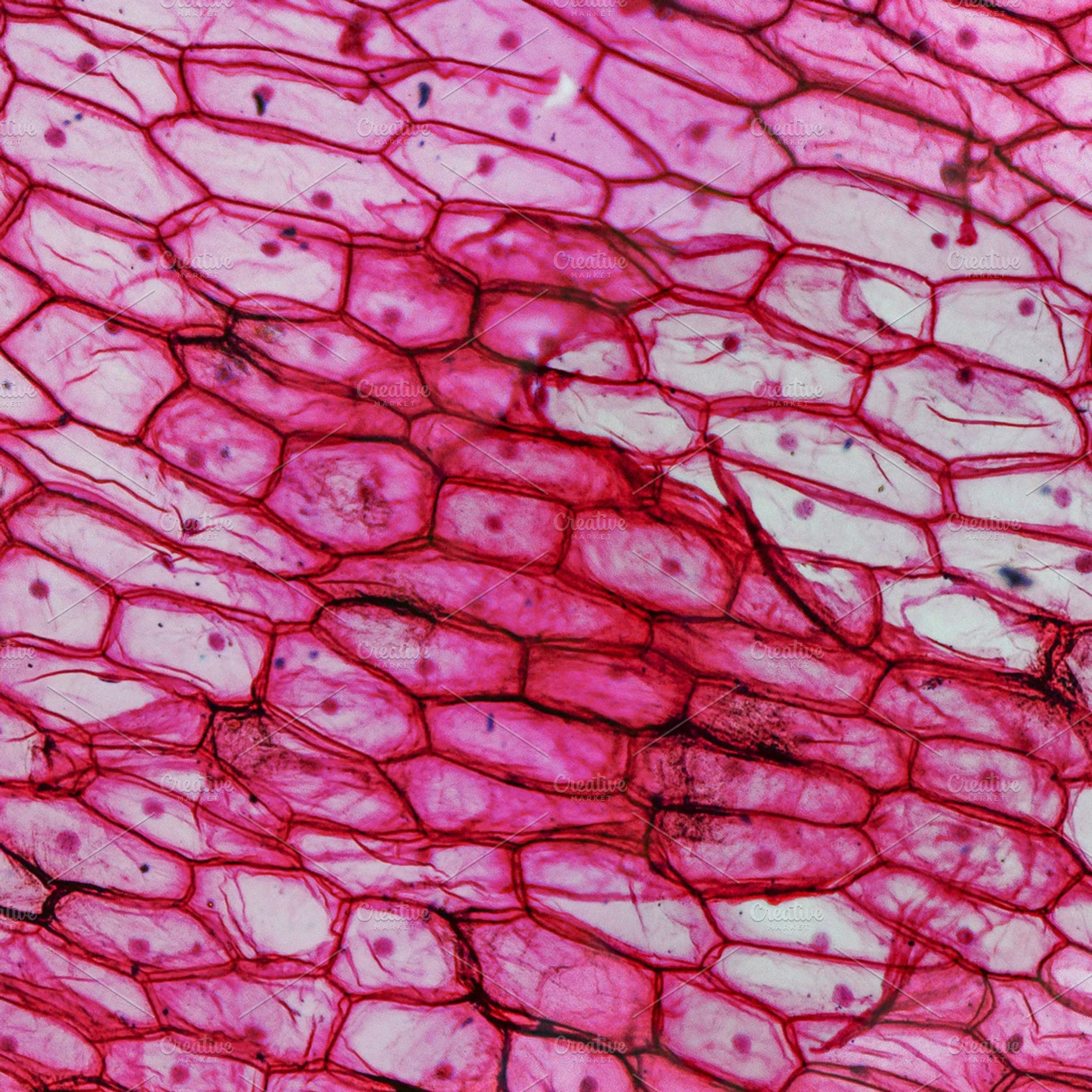
Onion cells HighQuality Nature Stock Photos Creative Market
What do onion cells look like under the microscope? Studying cell tissues from an onion peel is a great exercise in using light microscopes and learning about plant cells, since onion cells are highly visible under a microscope, especially when stained correctly.

PPT Amoeba PowerPoint Presentation, free download ID6663278
In general, mitosis occurs through several stages that include: Prophase (divided into prophase and prometaphase) Metaphase. Anaphase. Telophase. Because of the rapid rate at which onion root tips grow as a result of rapid cell division, it's possible to observe and identify the different stages of mitosis.

onion cell diagram Laceness
There were three mini-lab procedures carried out during this lab. The first lab exercise was observing animal cells, in this case, my cheek cells. The second lab exercise was observing plant cells, in this case, onion epidermis. The third lab exercise was observing chloroplasts and biological crystals, in this case, a thin section from the.
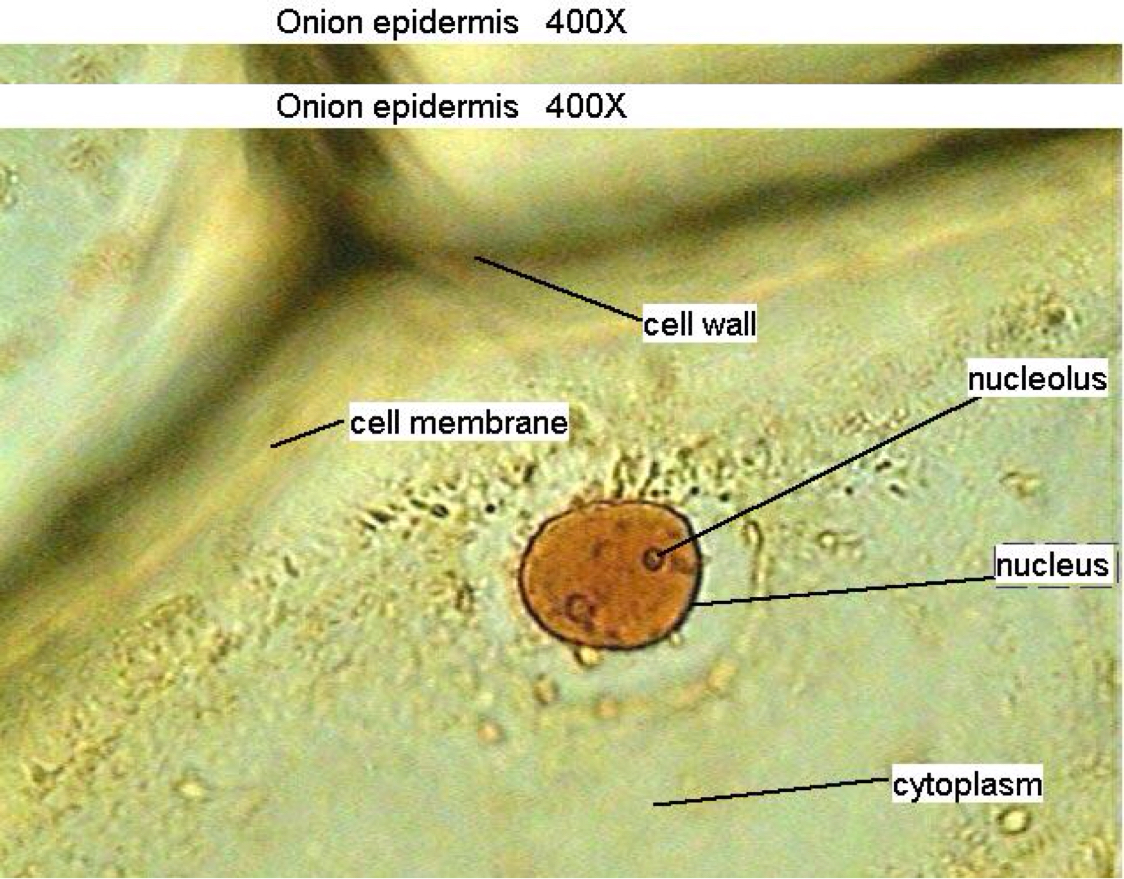
Onion Cell Under Microscope Labeled Drawing apostolicavideo
Onion Cells Under a Microscope ** Requirements, Preparation and Observation The bulb of an onion is formed from modified leaves. While photosynthesis takes place in the leaves of an onion containing chloroplast, the little glucose that is produced from this process is converted in to starch (starch granules) and stored in the bulb.